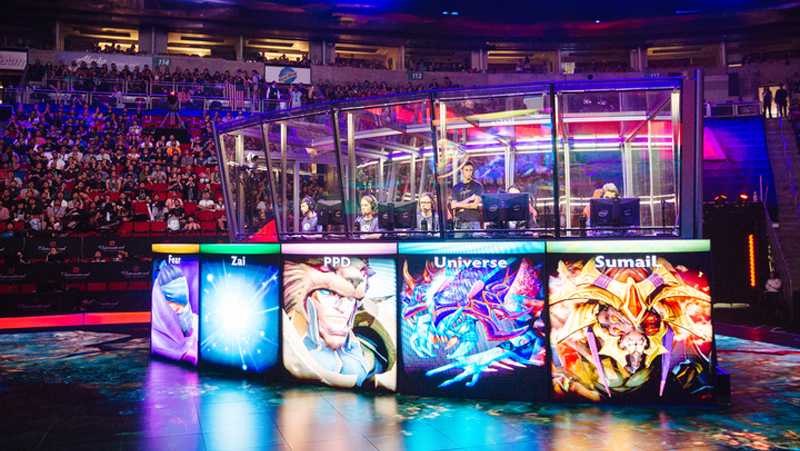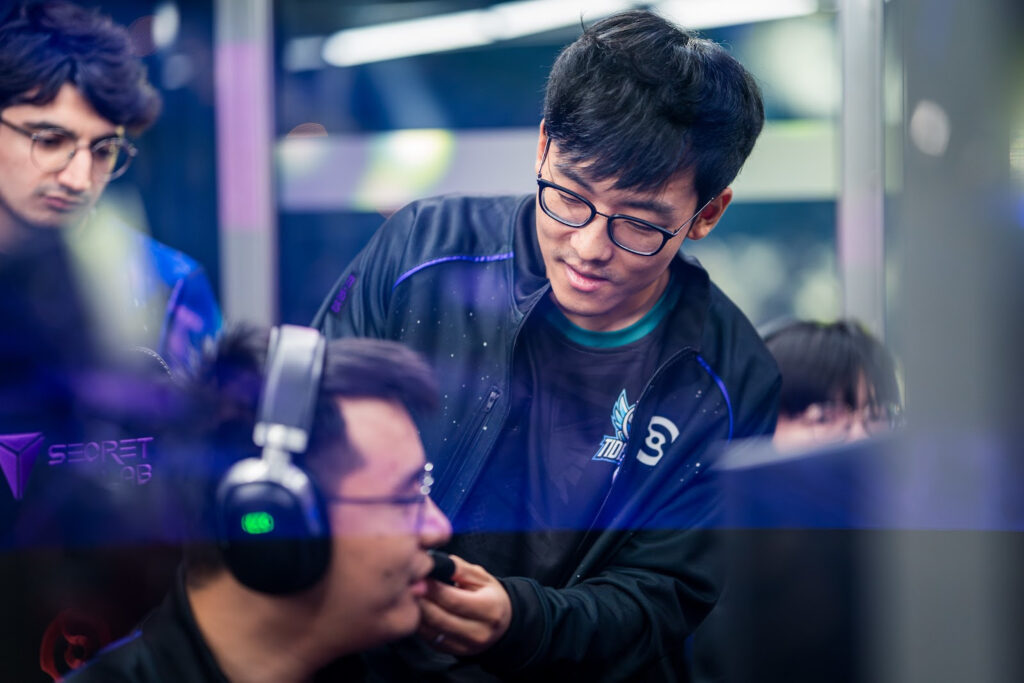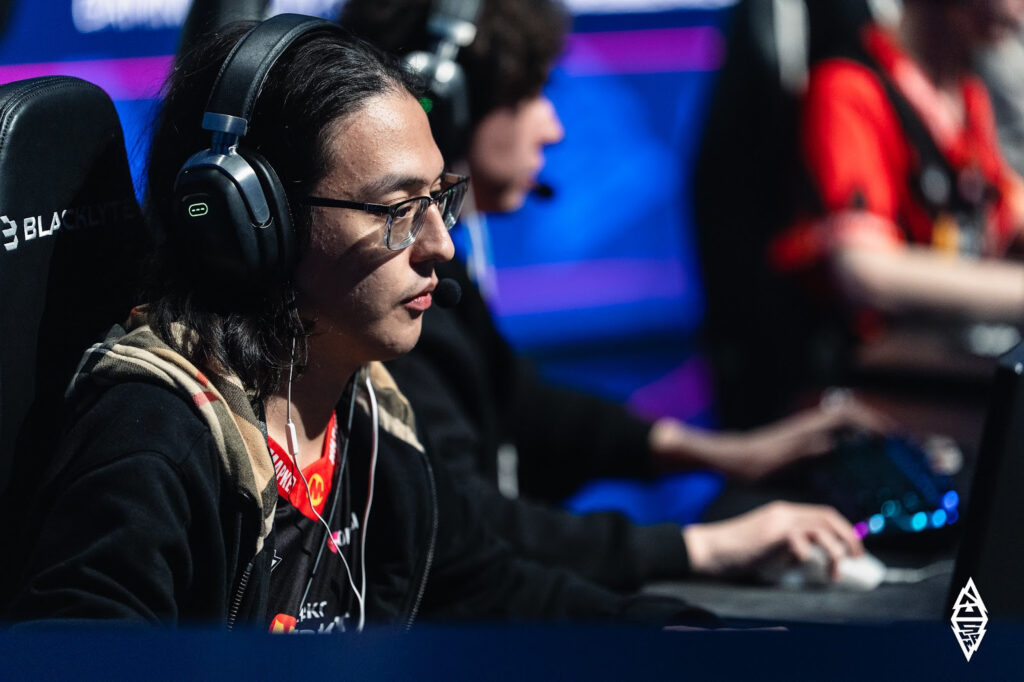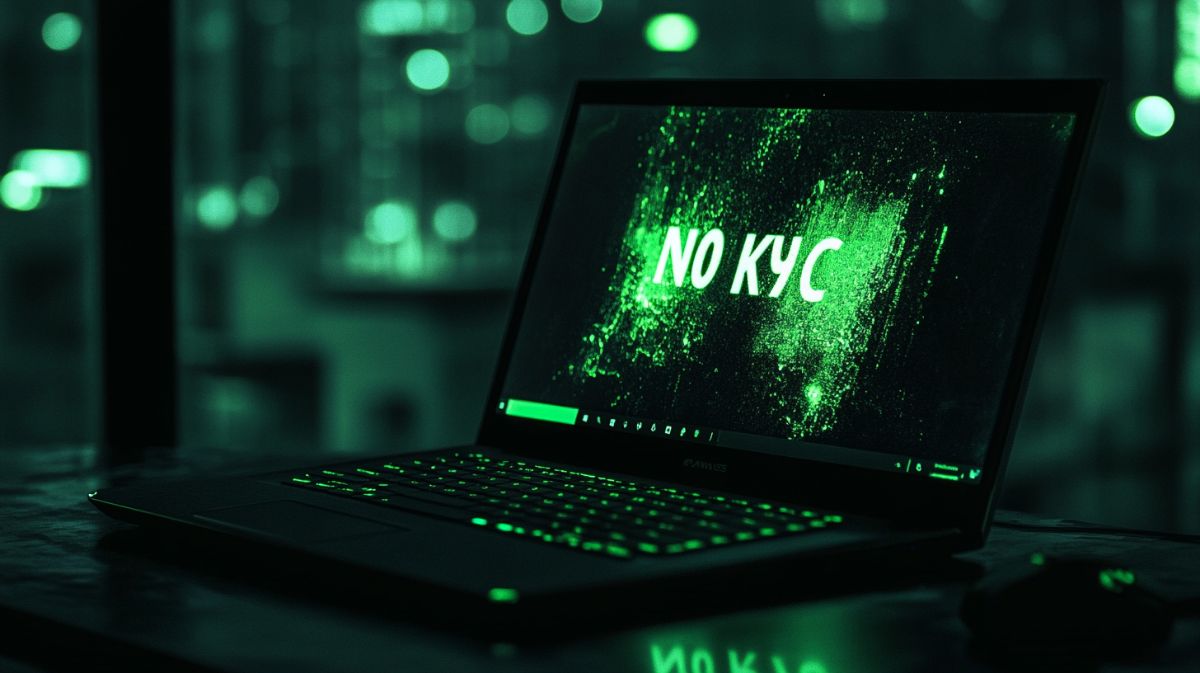The Evolution of Soundproof Booths at The International
The International Dota 2 Championships have always been a spectacle, not just for the gameplay but also for the technology that goes into making the event a success. One such technological marvel that has evolved over the years is the soundproof booth. These booths have been a staple at The International, ensuring that players can focus on their game without any external distractions.
Valve released a special news entry to highlight the evolution of the booths and their return for The International 2023.

Credit: Valve / Dota 2
From Humble Beginnings
The first-ever International, held at Gamescom 2011 in Cologne, Germany, was a modest event. The only requirement for the booths back then was sound insulation. The booths were designed to prevent players from hearing the crowd or the casters, which could give them an unfair advantage. However, these early designs were far from perfect. They were not ventilated, causing the Nvidia PCs to run hot for seven days straight. This led to the second requirement for future booths: air conditioning.
As the event grew, so did the challenges. Reflection became a problem when players could see the reflection of their screens on the glass behind them. The initial solution was as simple as taping promotional T-shirts to the glass to block the reflections. However, this was later addressed through booth design and positioning.
By the time TI5 came around, the booths had undergone significant improvements. They were now composed of seven sections, each mounted on wheels for easy positioning. The assembly time was reduced from 12-15 hours to under five hours. The walls were constructed of multiple layers of glass, with argon gas in between the layers to dampen the sound waves.
This is also the design we will see at this year’s event right after the The International 2023 Opening Ceremony.
Cost of Perfection
Perfecting these booths wasn’t cheap. The total price tag for each booth was over $200,000. Despite the high cost, these booths couldn’t be shipped internationally, leading to logistical challenges. The booths had to be repaired and rebuilt on-site for international events, adding to the hassle.
The booths have come a long way, and as we look forward to the next decade of The International, it’s exciting to think about what innovations will come next.
Will we see more advanced techniques in booth design? Only time will tell.
Read next: Saksa and his insane plays will be missed at The International 2023















